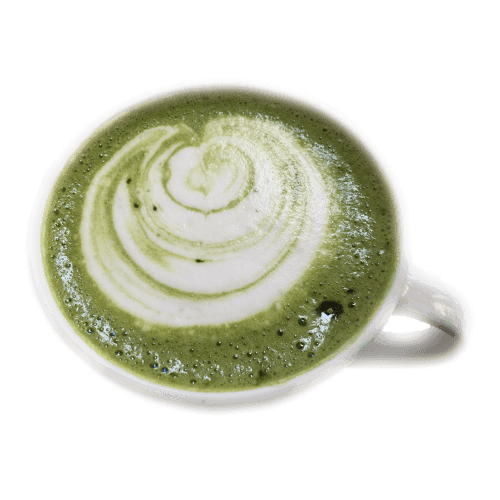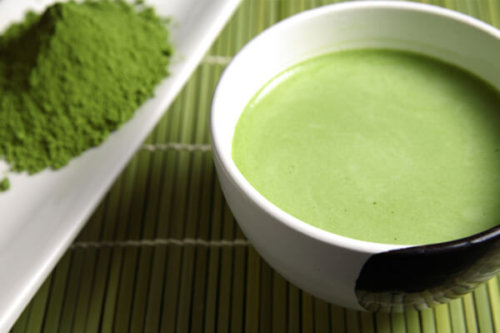Why Matcha Matters
The matcha tea ceremony is an ancient Japanese tradition going back to the 12th century. During that time, Eisai, a Buddhist monk, visited China. While there, he was convinced to buy matcha leaves and bring them back with seeds that eventually produced tea leaves that were of a higher quality than any other. Upon his return to Kyoto, Eisai introduced the practice of grinding the leaves to make matcha powder and mix it with hot water in a bowl. It was first adopted as a part of religious rituals practiced by Buddhist monks that associated with Eisai. The use of a bamboo whisk was recognized by a Sung emperor named Hui Tsung in his book Ta Kuan Cha Lun (A General View of Tea) soon after. These two things form the basis of the tea ceremony as it was then and it is now.
Shortly thereafter in the 13th century, tea became a status symbol among the warrior class. The tea leaves derived from Eisai’s seeds became known as the best throughout the entire region. This status boosted matcha powder’s popularity until the tea ceremony was developed as a transformative practice.
This practice took on the principles known as “wabi” and “sabi”. Wabi symbolizes the spiritual experience of humankind and indicates humility, simplicity, imperfection, naturalism and imperfection. It highlights simple objects and reveres the beauty that is imparted to an abject through time and care. In contrast, Sabi represents the material side of life and illustrates decay and wear. Understanding emptiness was seen as a major step to spiritual awakening and embracing imperfection seen as a reminder to love ourselves as we are.
By the 16th century, going out to buy matcha powder and drinking tea had become popular among all social levels. Tatamis, mats traditionally made from rice straw, were introduced by Murato Jukō, a Zen Buddhist monk, sometime around 1450. There are usually 4 and a “half” of these mats laid across the floor in a way that indicates where the guests sit, where the tea is prepared, and more. Jukō also introduced many of the movements and philosophies used in the tea ceremony today.
Kamonas ar e worn during the ceremony and many of the movements are intended to move the sleeves in a certain way to get them out of the way or to entertain. The utensils used are the bowl, bamboo whisk and spoon, tea caddy, and the chakin, a small linen cloth used for wiping the bowl. After the guests enter the room barefoot and wash their hands, a several-course meal is provided with sake and followed by a small sweet. Guests leave the room for it to be cleaned and rearranged before thick tea is prepared and shared among the group. At this point, the ceremony becomes more casual. The tea making utensils are cleaned and the host then leaves to bring in a smoking set and more confections. A cup of thin matcha is made for each guest to enjoy while they relax and have casual conversation. In the end, the utensils are cleaned, and guests are allowed to examine them before they are put away.
e worn during the ceremony and many of the movements are intended to move the sleeves in a certain way to get them out of the way or to entertain. The utensils used are the bowl, bamboo whisk and spoon, tea caddy, and the chakin, a small linen cloth used for wiping the bowl. After the guests enter the room barefoot and wash their hands, a several-course meal is provided with sake and followed by a small sweet. Guests leave the room for it to be cleaned and rearranged before thick tea is prepared and shared among the group. At this point, the ceremony becomes more casual. The tea making utensils are cleaned and the host then leaves to bring in a smoking set and more confections. A cup of thin matcha is made for each guest to enjoy while they relax and have casual conversation. In the end, the utensils are cleaned, and guests are allowed to examine them before they are put away.
Today, matcha is enjoyed without ceremony as well, but its calming qualities still impart the “way of the tea” taught by Sen No Rikyu- harmony, respect, tranquility, and purity. While it takes time and training to host a tea ceremony, anyone can prepare matcha tea with the necessary tools and powder. Buy matcha powder online and enjoy the same calmness that the Zen Buddhist monks have been achieving for hundreds of years.


